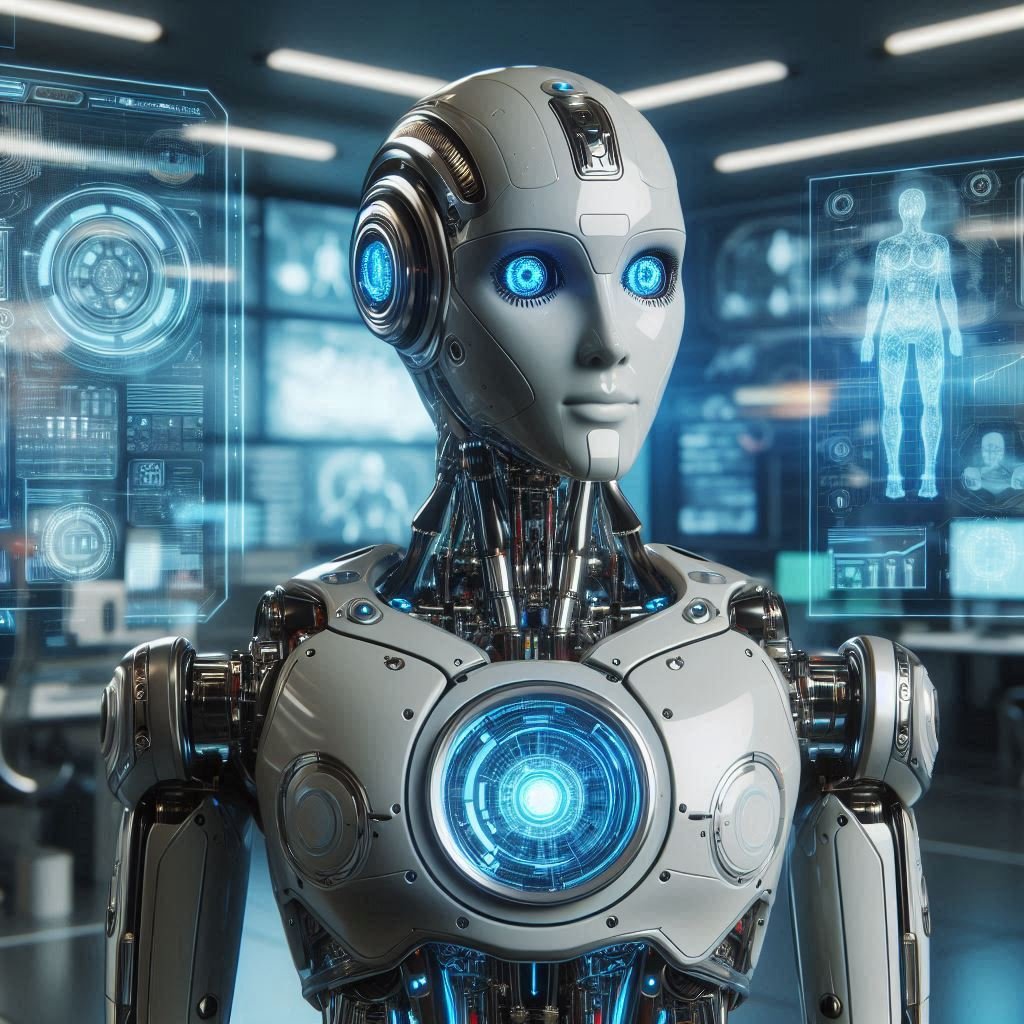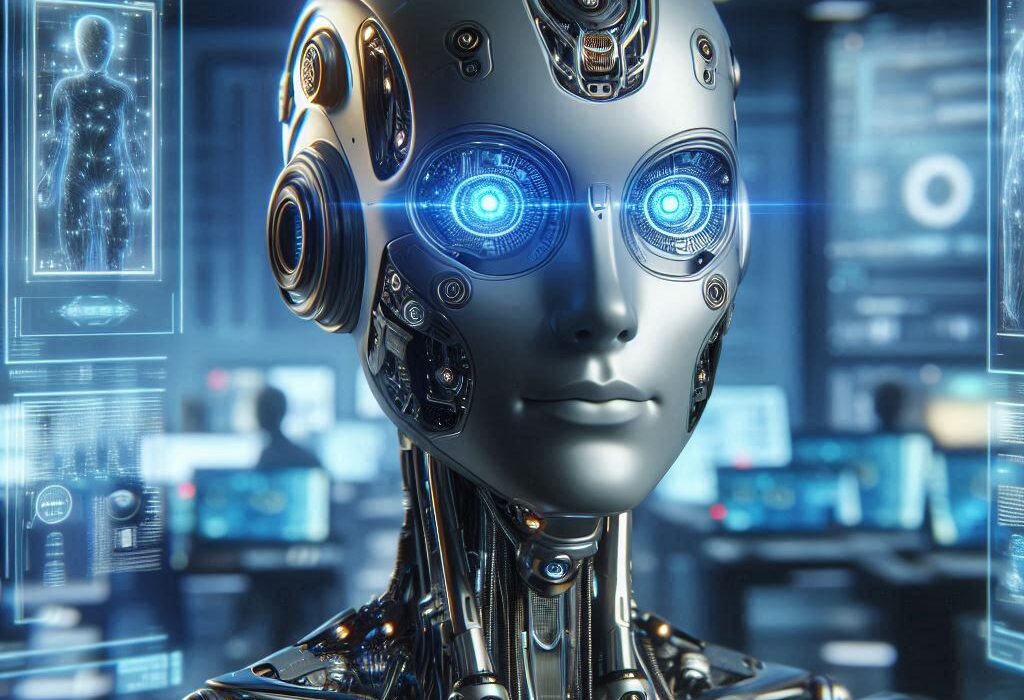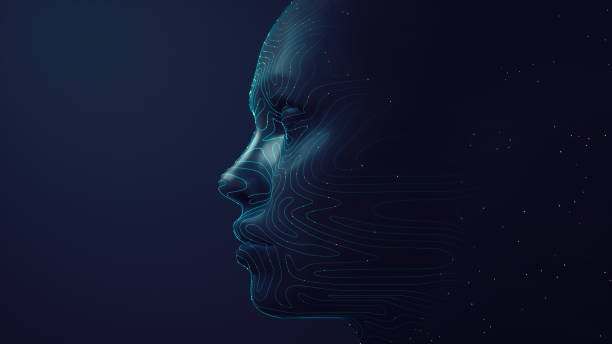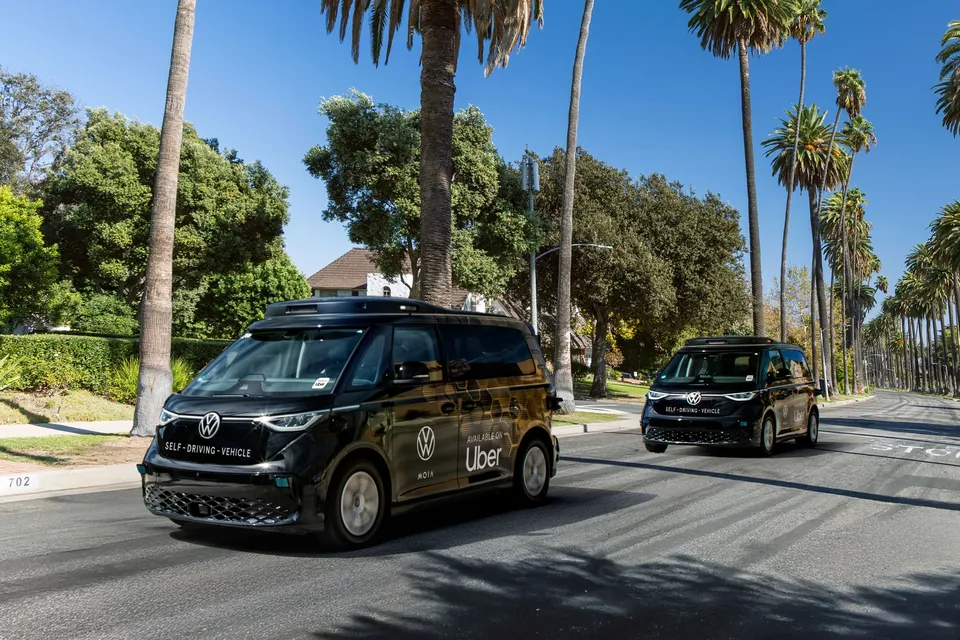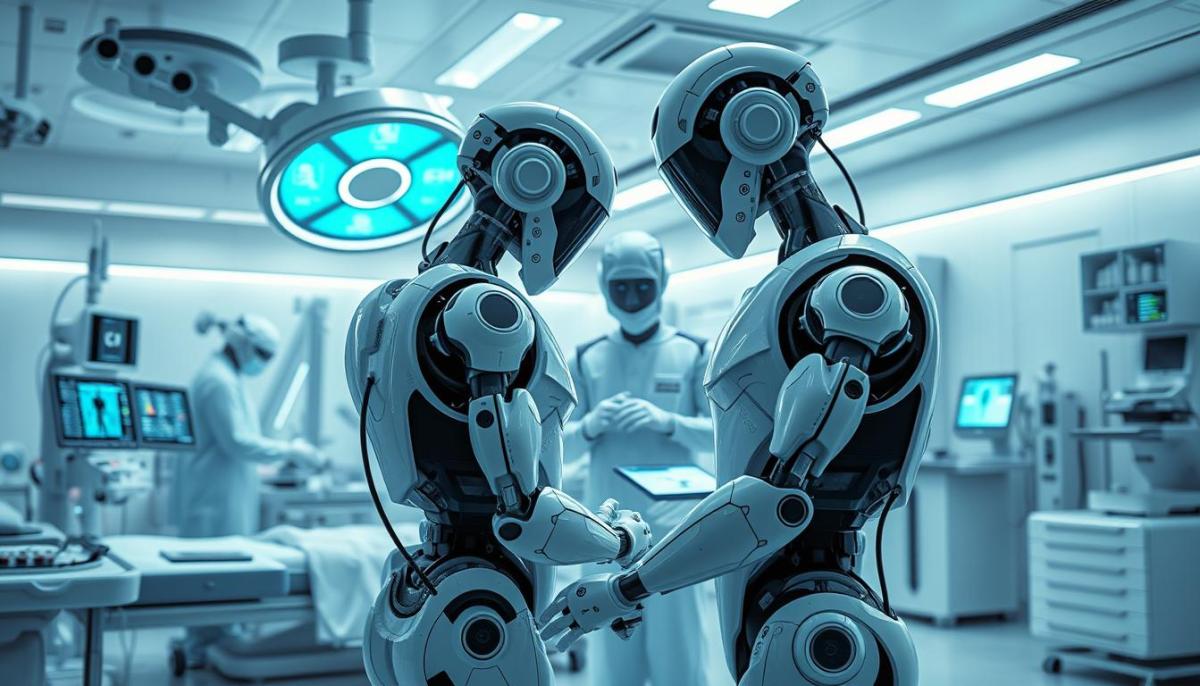The question “Will robots take our jobs?” has been echoing across the halls of technology conferences, business meetings, and political debates for years. It’s a question that is both urgent and loaded with implications, touching on everything from job security to economic growth, and even the very nature of what it means to work. The rise of artificial intelligence (AI) and automation technologies has the potential to transform industries, redefine work, and even change the way we live. But as with any profound shift, there are questions and concerns about what these changes will mean for workers, businesses, and society at large.
As AI continues to advance, the capabilities of robots and machines are expanding, giving rise to debates over whether these technologies will eventually replace humans in the workforce or enhance human abilities in a more symbiotic relationship. The reality, of course, is likely to be much more complex than a simple yes-or-no answer. In this exploration of AI in the workforce, we’ll delve into the possibilities, the challenges, and the opportunities that AI presents to both workers and industries. We will also discuss the ethical, economic, and societal considerations that come with integrating these technologies into our everyday work environments.
The Rise of AI and Automation: What’s Happening Now?
AI and automation are not just buzzwords anymore; they are becoming an integral part of the modern workplace. From chatbots handling customer service inquiries to robots assembling products on factory floors, AI is already making its mark across various industries. But how far will this go? Will we eventually see robots in every corner of the workforce, from office jobs to healthcare and even creative professions?
The current state of AI in the workforce can be broken down into a few broad categories:
- Automation of Routine Tasks: In many industries, robots and AI are already taking over repetitive and mundane tasks that were previously done by humans. In manufacturing, robots can weld, assemble, and even inspect products with a level of precision and efficiency that surpasses human capabilities. In the service industry, AI chatbots and virtual assistants are taking over customer service roles, handling queries, and processing transactions without the need for human intervention. This automation of routine tasks allows businesses to increase efficiency, reduce costs, and focus human labor on more creative and complex tasks.
- Augmentation of Human Abilities: While automation is one aspect of AI, there is also the potential for AI to augment human abilities. In fields like healthcare, for example, AI-powered diagnostic tools can assist doctors in making more accurate diagnoses, while AI algorithms can analyze vast amounts of medical data to identify trends and predict outcomes. In fields like finance, AI is already being used to detect fraud, automate trading, and provide insights into market trends. These tools do not replace human workers but enhance their decision-making capabilities, enabling them to work smarter and more efficiently.
- Emerging AI-Driven Professions: As AI technologies evolve, they are also creating new jobs and industries that never existed before. Data scientists, AI specialists, and machine learning engineers are in high demand as businesses look to harness the power of AI to drive innovation. Additionally, new roles in areas like AI ethics, human-machine collaboration, and algorithmic transparency are emerging as organizations navigate the complexities of AI adoption.
Will AI Replace Human Workers?
One of the central fears surrounding AI and automation is the prospect of widespread job displacement. Many are concerned that as robots and AI systems take on more tasks, humans will be left behind, unable to compete with the efficiency and precision of machines. While it’s true that certain jobs are at risk, the idea that AI will lead to mass unemployment is overly simplistic.
The reality is more nuanced. Some industries and job categories are more vulnerable to automation than others. For example, jobs that involve repetitive, manual tasks—such as factory work, cashiering, and data entry—are more likely to be automated in the near future. These roles are often seen as low-skill jobs, and AI can perform them more efficiently and without the need for breaks or vacation time. In such cases, workers may face job displacement and may need to acquire new skills in order to remain employable.
However, jobs that require human creativity, empathy, and judgment are much harder for AI to replicate. Professions like teaching, therapy, creative arts, and high-level management require skills that are deeply human and not easily replicated by machines. In fact, many experts believe that AI will complement these professions, rather than replace them, by automating routine tasks and freeing up time for more complex and creative work.
The Future of Work: Collaboration Between Humans and Machines
Rather than a future in which AI replaces humans, the more likely scenario is one in which humans and machines work together in a complementary fashion. This collaborative model is often referred to as “augmented intelligence,” and it envisions a future where AI supports human workers rather than replacing them. In this model, AI systems are designed to handle repetitive tasks, analyze large sets of data, and provide insights, while humans remain in control of decision-making, creativity, and emotional intelligence.
Consider the example of autonomous vehicles. While self-driving cars have the potential to revolutionize the transportation industry, the reality is that they still require human oversight and intervention. A driverless car may be able to navigate through traffic, avoid obstacles, and follow traffic laws, but a human driver is still needed in case of emergencies or complex situations. Similarly, in many other industries, AI will be able to assist with tasks but will not completely replace the need for human expertise.
This vision of collaboration between humans and AI is already beginning to take shape in many industries. For example, in healthcare, AI-powered diagnostic tools can help doctors identify diseases, but the final decision about treatment is still made by a human physician. In creative fields, AI can assist with tasks like generating music, writing, or designing, but human artists and designers are still needed to provide the emotional and cultural context that makes creative work meaningful.
The Skills Gap: Preparing for the AI-Driven Future
One of the biggest challenges in adapting to an AI-driven workforce is the skills gap. As automation takes over certain tasks, workers will need to develop new skills in order to remain relevant in the job market. The demand for workers with expertise in AI, data analysis, machine learning, and other advanced technologies is expected to grow significantly in the coming years, but there is a shortage of qualified individuals to fill these roles.
To address this challenge, there will need to be a concerted effort to reskill and upskill the workforce. This will involve investments in education and training programs that equip workers with the skills needed to thrive in an AI-driven world. Governments, businesses, and educational institutions will all have a role to play in ensuring that workers are prepared for the jobs of the future.
In addition to technical skills, workers will also need to develop “soft skills” that AI cannot easily replicate. Skills such as emotional intelligence, critical thinking, problem-solving, and creativity will become increasingly valuable as automation takes over routine tasks. Workers who can adapt to new technologies, collaborate with machines, and think strategically will be in high demand.
The Ethical and Societal Implications of AI in the Workforce
The rise of AI in the workforce also raises important ethical and societal questions. As machines become more capable, who will be responsible for the decisions they make? Will AI systems perpetuate biases and inequalities present in society, or will they be able to help correct these issues? How will the distribution of wealth and power change as AI transforms industries?
One key concern is the potential for AI to exacerbate existing inequalities. For example, if AI systems are predominantly developed by large corporations and tech companies, there is a risk that the benefits of AI will be concentrated in the hands of a few, while the rest of the population may struggle to adapt. Similarly, if automation leads to widespread job displacement, there could be a rise in economic inequality and social unrest.
To address these concerns, it will be important to develop policies that ensure the equitable distribution of the benefits of AI. This might include measures like universal basic income, which could provide a safety net for workers displaced by automation, or investments in education and retraining programs to help workers transition to new roles.
Conclusion: Embracing the AI-Driven Future
AI is undoubtedly going to reshape the workforce in profound ways. While some jobs may be automated, new opportunities will also emerge, and the nature of work will evolve. Rather than fearing a future in which robots take our jobs, we should focus on how we can leverage AI to create a more efficient, innovative, and inclusive economy. By embracing AI as a tool for collaboration, creativity, and human advancement, we can build a future where both humans and machines work together to achieve new heights of productivity and progress.
The future of work is not about competition between humans and robots; it’s about finding the right balance between the two. With the right investments in education, policy, and ethics, we can ensure that AI becomes a force for good, creating a world where humans are empowered by technology rather than replaced by it.
